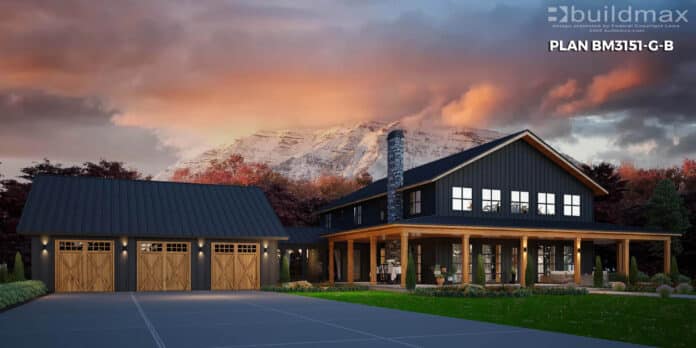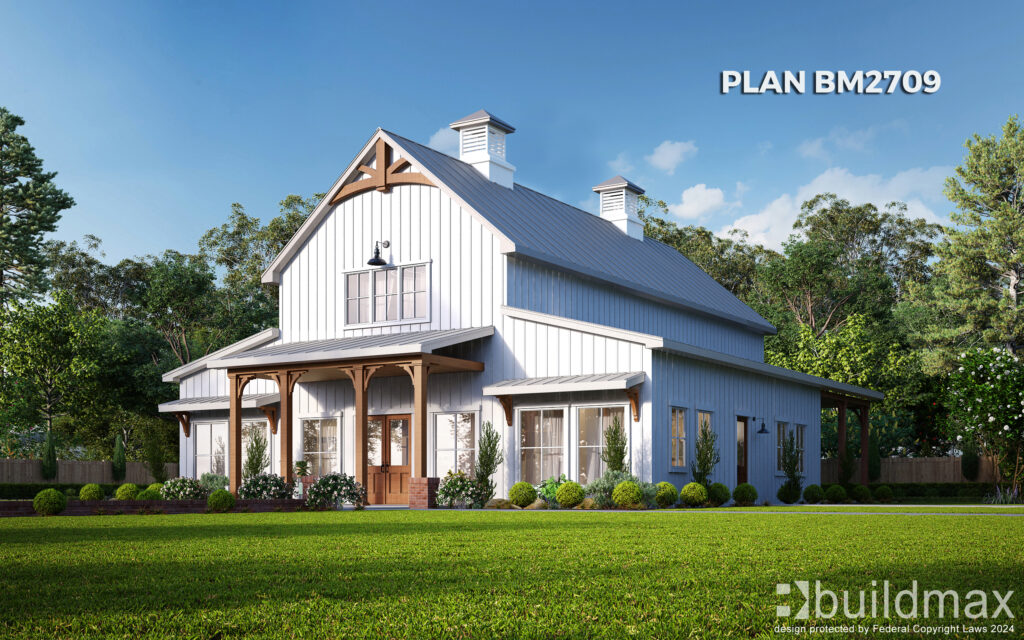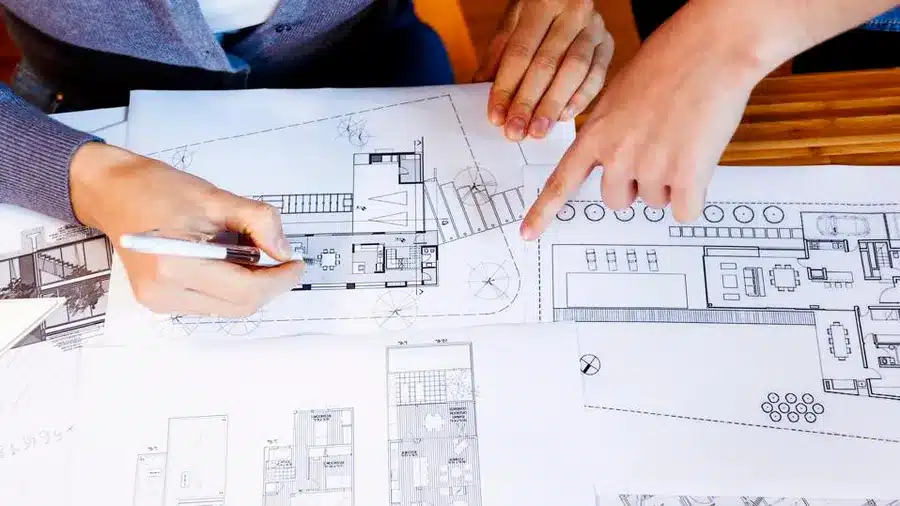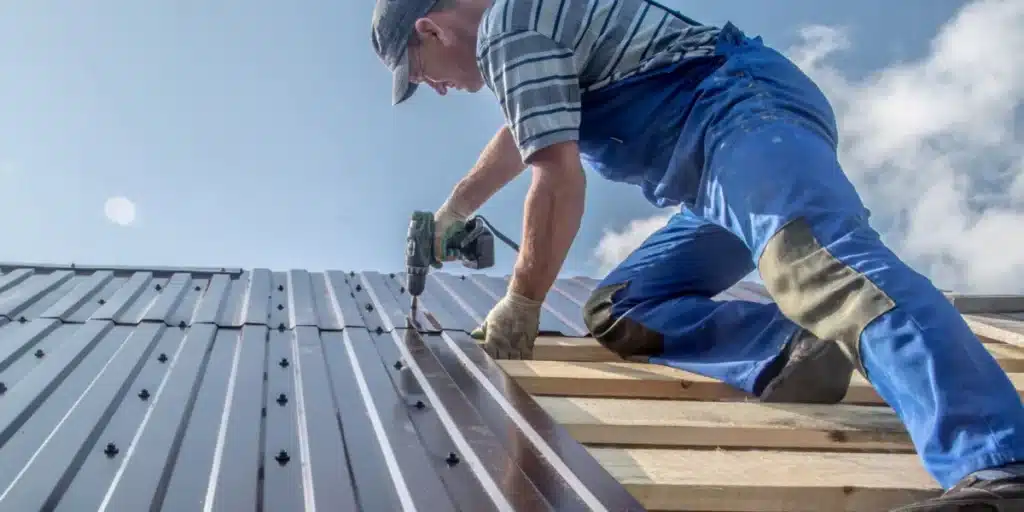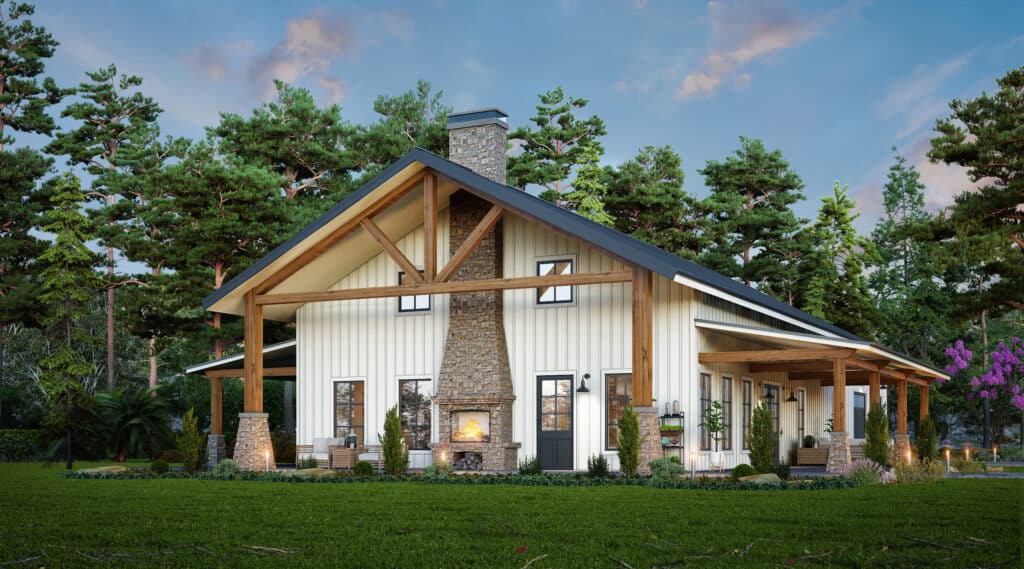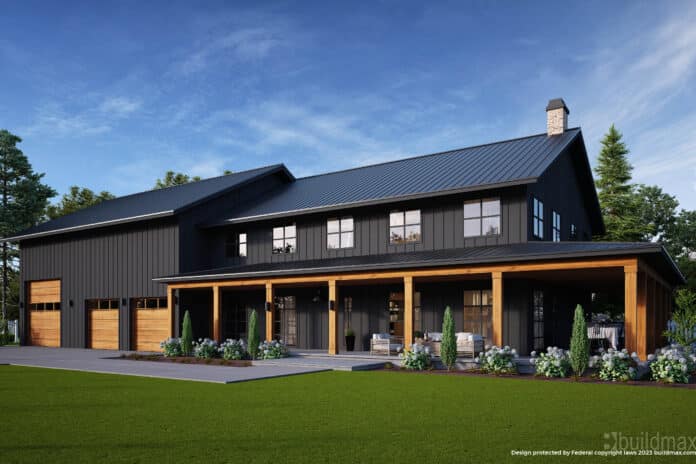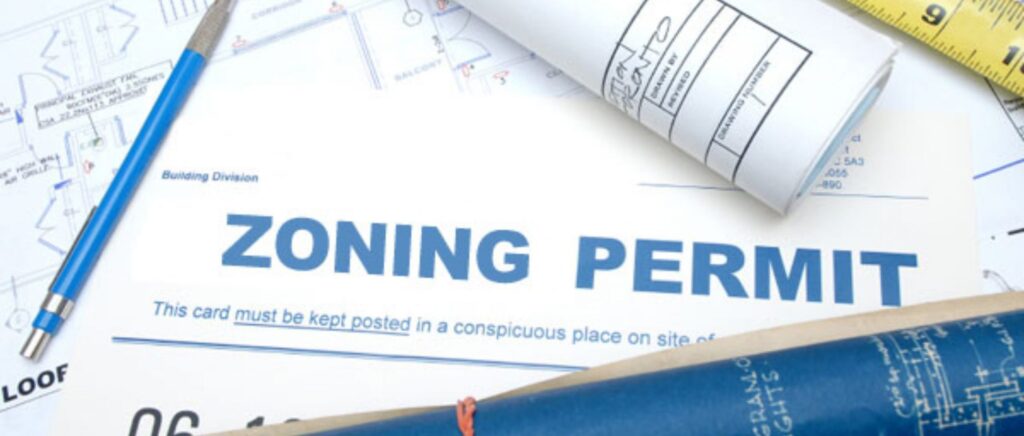Validating a builder for your barndominium project is a critical step in ensuring that your dream home becomes a reality without unnecessary setbacks. Due to the unique nature of barndominiums, which blend aspects of traditional homes with the characteristics of barns or industrial spaces, finding a builder with the right expertise and a proven track record is essential. Here are key steps to validate a builder for your barndominium:
1. **Check for Licenses and Certifications**
Ensure the builder is licensed to operate in your area. Licensing requirements vary by location but typically involve passing exams and proving competency in construction practices. Also, check if they hold any certifications from reputable industry organizations, which can indicate a commitment to ongoing education and adherence to best practices.
2. **Verify Insurance**
A reputable builder should have liability insurance and workers’ compensation insurance. Liability insurance protects you in case of damages caused by the construction work, while workers’ compensation covers injuries that workers might sustain on the job. Ask to see proof of insurance and verify it by calling the insurance company.
3. **Look at Past Projects**
Experience with barndominiums specifically is highly beneficial. Request to see a portfolio of past projects, with particular attention to those similar in style and complexity to your project. If possible, visit completed projects to assess the quality of workmanship firsthand.
It’s not only okay to ask a builder for examples of their previous projects, but it’s also a highly recommended part of the vetting process. Reviewing a builder’s past work provides valuable insights into the quality of their construction, their attention to detail, and their craftsmanship. Here are several reasons why it’s beneficial and important to ask for and review a builder’s previous projects:
1. **Assessing Work Quality**
Seeing completed projects allows you to directly assess the quality of the builder’s work. Look for the finishes, the materials used, and the overall aesthetic to ensure they align with your expectations.
2. **Understanding Style and Versatility**
Builders often have a signature style or an area of specialty. By reviewing past projects, you can determine if their style aligns with your vision for your barndominium. It also gives you an idea of the builder’s versatility and ability to customize projects according to the client’s preferences.
3. **Evaluating Customer Satisfaction**
Asking for references or testimonials from past clients can accompany the request to see previous projects. Speaking directly to former clients provides insights into their satisfaction with the project’s outcome and the builder’s process, including communication, adherence to budget and timelines, and problem-solving abilities.
4. **Verifying Professionalism and Reliability**
The condition and longevity of a builder’s previous projects can indicate their professionalism and the reliability of their work. It shows whether their constructions stand the test of time and if they handle issues that may arise post-construction.
5. **Inspiring Confidence**
Seeing tangible evidence of a builder’s accomplishments can inspire confidence in their abilities and in your decision to work with them. It’s reassuring to know your project is in the hands of someone who has successfully completed similar work.
How to Approach the Subject
When asking to see previous projects, be clear and respectful. Most builders are proud of their work and happy to showcase their portfolio. You might say something like, “I’d love to see some examples of your previous projects to get a better sense of your work quality and style. Could you share some of your portfolio or arrange a visit to any of your completed projects?”
Virtual Tours and Portfolios
In cases where it’s not possible to visit completed projects in person, ask if the builder has a website, online portfolio, or social media pages where you can view photos or virtual tours of their work. This is becoming increasingly common and can be a valuable resource in assessing a builder’s capabilities.
Asking a builder for examples of their previous projects is a crucial step in ensuring that their skills and style match your needs and expectations for your barndominium. It’s a standard practice in the industry and an essential part of due diligence when selecting a builder for your project. This approach not only helps you gauge the quality of their work but also builds a foundation of trust and communication for a successful collaboration.
4. **Check References**
Ask for references from recent clients who have undertaken similar projects and make the effort to contact them. Inquire about their overall satisfaction, the builder’s communication and problem-solving abilities, adherence to budget and timelines, and any issues that arose and how they were resolved.
5. **Review Online Reviews and Ratings**
Online platforms like Houzz, Angie’s List, and the Better Business Bureau can provide insights into the builder’s reputation. While every company may have some negative reviews, look for patterns of issues that could be red flags, such as consistent complaints about delays, poor communication, or subpar workmanship.
6. **Evaluate Communication Skills**
Your builder will be your partner throughout this process, so clear and consistent communication is key. Note how promptly they respond to inquiries and how well they understand and articulate your vision for the project. Their ability to provide clear explanations and listen to your needs is a good indicator of future communication during the build.
7. **Assess Financial Stability**
A builder’s financial stability is crucial for ensuring that they can see your project through to completion. You might ask for evidence of this directly, such as proof of a stable business bank account. A long-standing presence in the community and a physical office can also be indicators of a financially stable company.
8. **Understand Warranties and Service Policies**
Inquire about the warranties offered on their work and the materials they use. Understanding what is covered and for how long can provide peace of mind and protection for your investment. Also, ask about their policy for handling any issues that may arise post-construction.
9. **Gauge Their Network of Subcontractors**
Builders often work with a network of subcontractors for specific tasks (e.g., electrical, plumbing). Ask about the subcontractors they plan to use for your project and how long they’ve worked with them. A stable and reliable team can significantly influence the quality and timeliness of your build.
10. **Ask About Permits and Legal Compliance**
Ensure the builder is familiar with obtaining the necessary permits and complying with local building codes and regulations, especially those specific to barndominiums in your area. Their willingness and ability to navigate these legal requirements can prevent potential legal headaches.
Validating a builder for your barndominium requires due diligence and attention to detail. Taking the time to thoroughly vet potential builders using the steps outlined above can help you select a professional who will deliver quality workmanship, communicate effectively, and ultimately bring your vision to life within your budget and timeframe.



